
The Marwari Horse is a rare and ancient breed originating in the Marwar region of Rajasthan, India. It is believed that centuries ago native Indian horses were cross bred to shipwrecked Arabians creating the beginnings of this breed. During the Indian wars they were prized for their bravery and loyalty in battle. However, with the British occupation (and their preference for their Thoroughbreds) the Marwari population declined. By the early 1990’s it was estimated that only about 600 pure Marwari horses were left in India. A combined effort from Indian horse enthusiasts, the Indian government and concerned outsiders has brought the breed back from the brink of extinction. Today there are over 3000 Marwari in India.
The exportation of these horses from India is carefully controlled by the Indian government. The horses that I photographed reside on the island of Chappaquiddick a short distance from Martha’s Vineyard off the Massachusetts coast. A far cry from their desert home in India. After years of battling government red tape, Francesca Kelly was able to finally import the first Marwari into the US in 2000. At this time there are eight horses, two stallions, a gelding, four mares and a filly in the group on the island. With her efforts there are now a few other small breeders in the US. To have the opportunity to photograph Francesca’s horses was a wonderful experience. Many thanks to her and to Tamara Gooch for making it possible.
The Stallions
One of the first things you will notice about these horses is their ears. They curve together sometimes almost touching at the tips. I’m told they can swivel 180 degrees giving the horses an extraordinary sense of hearing. Marwari come in all colors. They are light-boned horses ranging 14-16 hands. Naturally gaited they are known for their comfortable ride. The chestnut, Nazruddin, is the older of these two stallions.
(Click on an image to enlarge)
The Herd
I found these horses very friendly and well-mannered. Curious about cameras and photographers alike they never failed to welcome us to their pastures.
Thank you for taking your time to view these images. I’ll have more from my Marwari Horse adventure shortly. If you’d like to be notified of future posts, please sign up at the top of this page. Comments (which I enjoy reading) may be left below. Until the next post, Cheryl



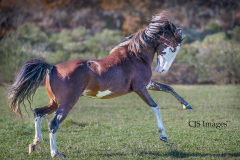
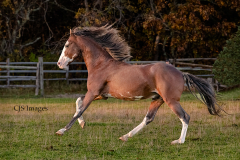

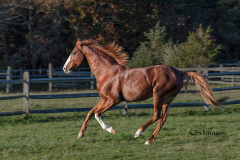
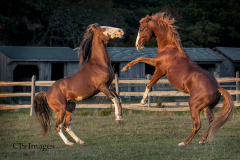
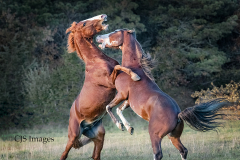
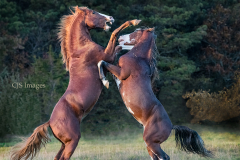
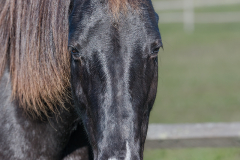


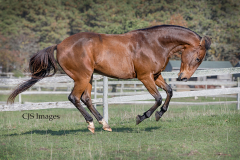
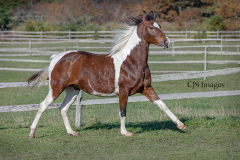
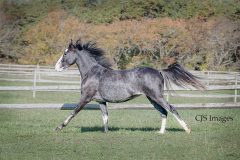
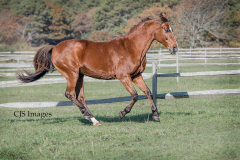
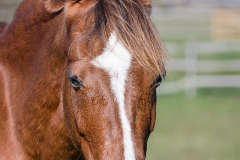
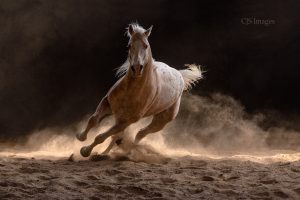
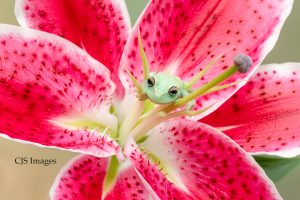

Connie Novitsky
18 Nov 2022What unique horses! They’re beautiful! I don’t know why, but it looks to me that they’re proportioned a bit differently than most other horses. Almost that their heads are longer & narrower than most other horses I’ve seen. Probably those amazing ears & those gorgeous eyes! I love these photos! They’e wonderful!
Cheryl Schneider
25 Nov 2022Thank you, Connie. You’re right that they are shaped a little differently than most horses. These horses are dessert horses used to running in the sand. Over time their bodies developed a little differently than other horses. Their shoulders slant at a different angle allowing their legs to make a motion which makes it easier to deal with sand. That and their ears give them a unique look. I’m glad you’ve enjoyed the images!
Sandra Nesbit Tracy
20 Nov 2022What beautiful photos of beautiful hourses! They have such an intersrting history. It’s interesting to hear the story of how they rerspond to you. Thank you.
Cheryl Schneider
25 Nov 2022Thank you, Sandy! I find them interesting, too. I was very excited to find that there were some here in the US.